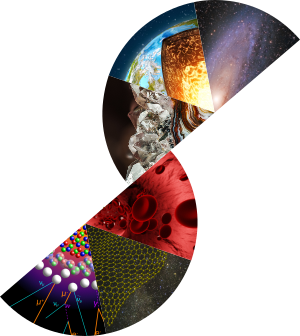Lithium-ion batteries (LIBs) have become the dominant energy storage technology for various applications, such as electric vehicles, consumer electronics, and renewable energy systems. Traditionally, graphite has been used as the anode material in LIBs due to its stability, low cost, and low impedance. However, the demand for higher energy density and longer battery life has driven the exploration of alternative anode materials, such as silicon. Silicon has a high theoretical capacity (3578 mAh/g) compared to graphite (372 mAh/g), and the potential to significantly increase the energy density of LIBs1. Despite its advantages, the use of silicon anodes in LIBs is challenging due to the expansion and contraction of silicon during cycling, which causes pulverization of the Si particles, capacity fading and unstable SEI, ultimately reducing the battery's capacity and performance. Various strategies such as nanostructuring, encapsulation, and new electrolytes have been explored to mitigate these issues and improve the performance of silicon anodes in LIBs2.
Arano et al. previously demonstrated that P1222FSI-LiFSI ionic liquid (IL) electrolytes outperform classical carbonate-based electrolytes for Si electrodes, with improved performance as the LiFSI salt concentration increases from 0.8 m to 3.2 m1. The use of a super concentrated (3.2 m LiFSI) IL electrolyte was shown to improve capacity retention (about 80%) after 100 cycles in half-cells. However, the electrochemical behaviour of this super concentrated electrolyte in Si // NMC622 full cells differs from what was obtained in half-cells, showing a gradual and steeper capacity decay2. Our present study aims to investigate the formation and evolution of the SEI obtained in both half-cell and full-cell configurations, using techniques such as MAS NMR, XPS, SEM, and STEM-EDX to determine the SEI composition, amount, and morphology. The goal is to understand the influence of SEI properties on the electrochemical performance and the relationship of the electrolyte chemistry to the SEI properties.
Studies have also shown that by confining ionic liquids (ILs) in microporous host networks made of organic or inorganic materials, an ionogel can be created, which demonstrates liquid-like conductivities despite being a macroscopically solid material. Recently, a study demonstrated the synthesis of ultra-tough and stretchable ionogels through the in situ phase separation technique. This approach involves a simple one-step method to copolymerize two monomers with distinct solubility of the corresponding polymers in an ionic liquid3. In this study, we adapted this method to create ionogels from P111i4FSI IL for all-solid-state battery (ASSB) applications. This ionogel will act as the binder, electrolyte, and separator for Si-negative electrodes in LIBs further improving the performance and energy density. The ionogels exhibited high ionic conductivities and good mechanical properties. However, optimizing the ionogels for our preferred application requires a balance between these two properties.
Références:
(1) K. Araño, N. Dupre et al. J. Electrochem. Soc. 167 (2020) 120520.
(2) K. Araño, N. Dupre et al. ACS Applied Materials & Interfaces 14 (47) (2022) 52715.
(3) M. Wang, P. Zhang et al. Nat. Mater. 21 (2022) 359.

 PDF version
PDF version
